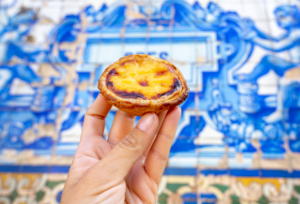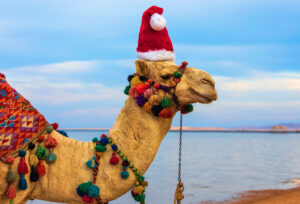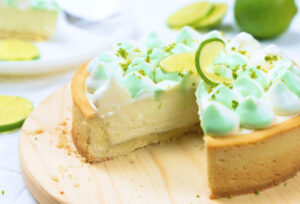On our travels we come across countless good luck charms and symbols, quite often they are bought as souvenirs but do we actually know what they mean? How many times have you given one as a gift or taken it home only for someone to ask what it means and the only answer you can give is, “I don’t know, it is just for luck”.
Holiday Hypermarket has decided to look into some of these good luck symbols across the world to find out their real meanings. So, if you come across any on your future travels you will know exactly what they stand for instead of making something up on the spot. We have picked seven, all from different parts of the world, and given you the story behind them. Now, why not take a look – we’re sure you’ll learn something new about good luck symbols!
1. Turkey – Nazar
Nazar is an eye-shaped good luck charm in Turkey which has been believed to protect against the evil eye and derives from the superstition that one person can cast a spell on another. The Turkish believe that any bad energy which has been directed at you will be directed at the Nazar instead, and it will break. You will find these charms all over Turkey, usually on jewellery, hanging up in houses and cars or even pinned on baby’s clothing.
2. China – The Number 8
The Chinese word for eight sounds similar to their word for wealth. So, the Chinese find this number extremely lucky, hence why it’s their good luck symbol. The Beijing Olympics commenced at exactly eight o’clock, on the eighth day of the eighth month in 2008. They use this number when choosing dates for important events, for instance, a wedding as they believe that this number will bring them great luck.
3. Germany – Pigs
Germans typically give a Glücksschwein (a lucky pig) at New Year, and pig charms can be found in many forms from bracelets, sweets, and toys. This idea of good luck derives from the middle ages when owning lots of pigs represented wealth.
4. Japan – Frogs
The frog is a good luck symbol for good fortune in the Japanese culture and is also used for journeys and youth. You will often find frog charms in cars to ensure a safe journey and placed in shoe cupboards so a loved one will return home safely. If one is placed in a purse or wallet, then it is said that money will return to it. I think we’d all love to have a few good luck frogs!
5. North Africa and the Middle East – Hamsa (The Hand of Fatima)
This good luck symbol is used in a similar way to the Turkish Nazar. It is used to protect against the evil eye and warn off jealousy or hatred.
The symbol is shaped like a hand with an eye embedded into it, and is common in Jewish and Islamic communities. The Jewish sometimes call it the ‘Hand of Miriam’, after the sister of Moses and in Islam they call it ‘The Hand of Fatima’ after one of Prophet Mohammed’s daughters. Hamsa or Hamesh as some call it, means five. This number is also used to protect against the evil eye and Muslims believe that it represents the five pillars of Islam while the Jewish believe that it represents the five books of the Torrah.
However, Muslims believe it is haram (against God) to believe in its powers as only God can protect against the evil eye, so they generally only use this symbol for decorative purposes. But there are a few people who do secretly believe in its powers. What do you think?
6. Himalayas, Indonesia and Malaysia – Rudraksha
This good luck symbol is a nut from the Rudraksh tree and is usually worn in the form of bracelets, earrings or pendants.
Rudraksha is believed to be an incarnation of Bhagwan Shiva – one of the five primary forms of God in the Smarta tradition. Anyone who wears Rudraksh will always possess good health and be well respected. There are also 38 varieties of Rudraksh available, so it is easy to locate.
7. Almeria, Spain – Indalo Man
In Almeria there is a legend of a ghost who has been said to carry a rainbow. Indalo, a symbol that you will see all over Almeria, shows a man with an arch over his head. You will see both carvings and jewellery use this good luck symbol. However, it is only supposed to give good luck if it is given to you as a gift.
These are a few of the good luck symbols from around the world. Of course there are many more, so when you next travel have a look out for some of these charms and see if you can learn about any others.






